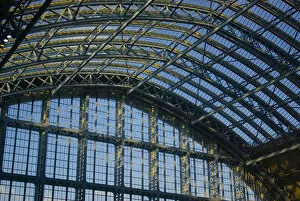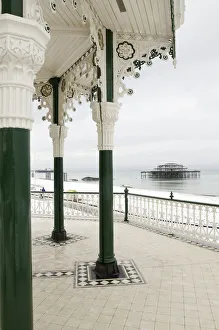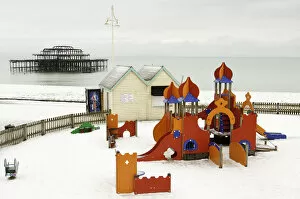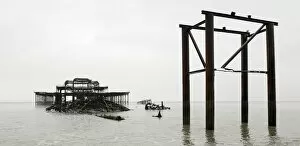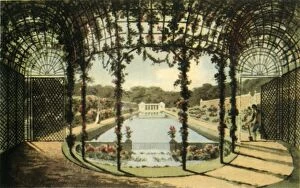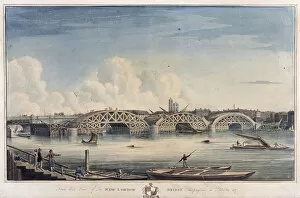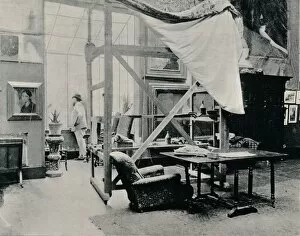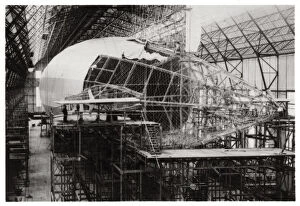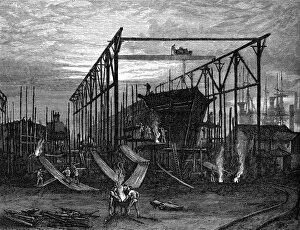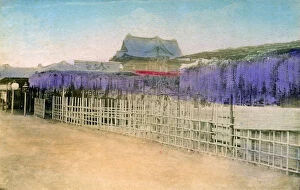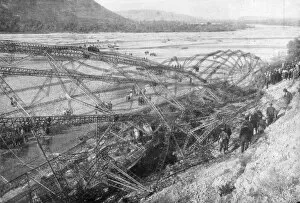Framework Collection (page 3)
"Capturing the Essence: Exploring Frameworks Through Time and Space" From the majestic Tyne Bridge in Newcastle-upon-Tyne to the iconic St Pancras Station in London
All Professionally Made to Order for Quick Shipping
"Capturing the Essence: Exploring Frameworks Through Time and Space" From the majestic Tyne Bridge in Newcastle-upon-Tyne to the iconic St Pancras Station in London, frameworks have stood as testaments to human ingenuity. These structures, like the old town with Kocher river in Schwaebisch Hall, Germany, weave together history and architecture. Innovation takes flight with the Royal Aircraft Factory FE 8 single-seat fighter plane, showcasing a framework that defies gravity. Meanwhile, G. H. Davis's panoramic map of the Mediterranean invites us to explore vast landscapes held within its intricate framework. Le Petit Journal's front cover illustration of Easter bell ringer reminds us of traditions woven into our societal frameworks. As dawn breaks over early morning traffic bustling through city streets, we witness how frameworks shape our daily lives. Omega watches symbolize precision and craftsmanship within their timeless frameworks while Heal and Son Advertisement showcases elegance within interior design frameworks. The Great Exhibition of 1851 at Crystal Palace unveils an awe-inspiring iron framework that revolutionized architectural possibilities. This steel engraving transports us back to a time when innovation pushed boundaries. Yet not all stories end triumphantly; amidst progress lies tragedy. The wreckage of British Airship R101 serves as a reminder that even well-constructed they can falter under unforeseen circumstances. Across continents and centuries, these glimpses into various frameworks offer insights into humanity's ability to create enduring structures that shape our world. Whether it be bridges or buildings, planes or maps – each frame tells a story waiting for curious minds to unravel its secrets Under The Tower.









